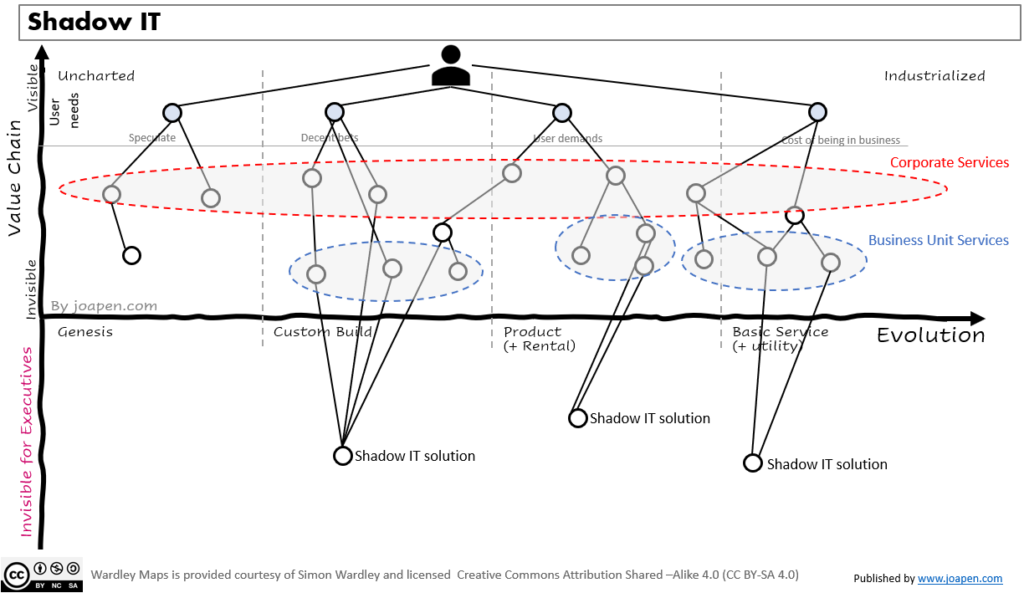Shadow IT is a non-ending story on companies where they have a centralized IT department. So CIOs and their teams have been working always on this topic.
Typically Shadow IT is seen as a nuisance, but there are other organizations that see it as a source of innovation as the business is implementing a solution for a given problem without the hurdles of the bureaucracy.
The sources of Shadow IT
These sources change every single year, as the technology evolves and evolves.
20 years ago the main source of shadow IT came from a Visual Basic program, a Lotus Notes local application or an Excel. Now, the sources are infinite.
Positive things about Shadow IT
Usually Shadow IT is seen as a negative thing due to things like: potential security issue, lack of alignment with the architecture of the environment, lack of formal service support, etc. But it can have some positive aspects for an organization:
- These solutions are usually the reaction of some people to a real problem that need to be addressed.
- It enables the people with the right knowledge to prove that some processes or actions are valid.
- This innovation is done usually at low cost.
Another way to show it, with a Wardley Map

A question for you
I’m looking for specific actions that IT department on a global company can do to limit and uncover Shadow IT. Not the traditional ones, but the new ones that comes from new and emerging technologies.
Any suggestion?
